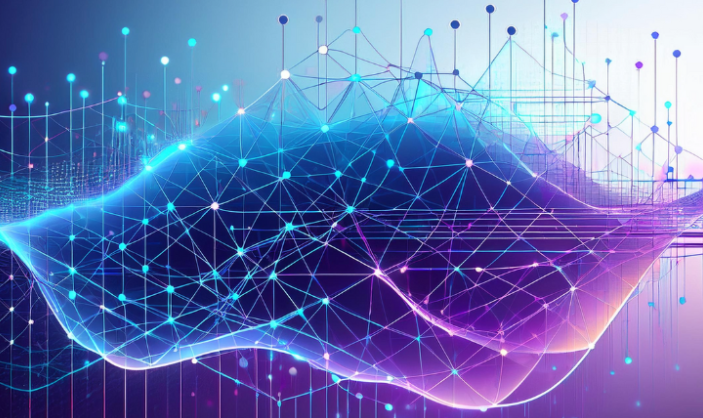Meta Description:
Discover why improvements in AI reasoning models may slow down soon. Learn about challenges in AI development, the role of synthetic data, and what this means for the future of artificial intelligence.
Are AI Models Slowing Down? New Study Suggests So
Recent research suggests that progress in artificial intelligence (AI), especially in reasoning AI models, may be slowing. While earlier AI breakthroughs like ChatGPT and GPT-4 showed impressive leaps, newer models aren’t making the same level of improvement—especially when it comes to logical reasoning, problem-solving, and critical thinking.
Why Is AI Progress Slowing?
1. Diminishing Returns from Scaling AI Models
One key reason for this slowdown is diminishing returns. As tech companies like OpenAI, Google DeepMind, and Anthropic build larger AI models, the performance gains from more data and computing power are shrinking.
Before, simply scaling up models led to big jumps in natural language processing (NLP) abilities. Now, even the biggest models struggle to significantly outperform their predecessors in tasks that require deep reasoning.
2. Heavy Dependence on Synthetic AI Training Data
Many advanced machine learning models now use synthetic data—data generated by other AIs—for training. While efficient, this can lead to what’s known as “model collapse”, where AI models become less accurate, less diverse, and more biased.
Experts warn that over-reliance on AI-generated content might be degrading the quality of training data, which ultimately slows progress in AI development.
3. Lack of True Human-Like Reasoning
Despite advances in generative AI and large language models (LLMs), current AI systems still struggle to replicate human reasoning. They excel in pattern recognition and language generation but fall short in critical thinking, causal inference, and multistep problem-solving.
What Does This Mean for the Future of AI?
Although the current pace of AI innovation in reasoning tasks is slowing, researchers are exploring new methods like:
- Reinforcement Learning with Human Feedback (RLHF)
- Hybrid AI models combining symbolic reasoning with neural networks
- Better alignment techniques to improve AI safety and decision-making
The future of artificial general intelligence (AGI) still depends on solving these reasoning limitations.
Conclusion: The AI Industry Faces a Crossroads
While AI technology continues to evolve, the rapid growth in AI reasoning capabilities may be reaching a plateau. To overcome this, companies and researchers must focus on high-quality data, new model architectures, and transparent AI development practices.


